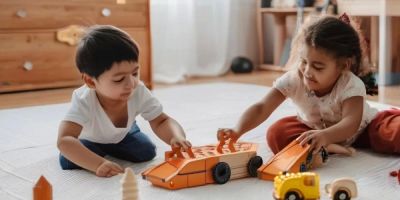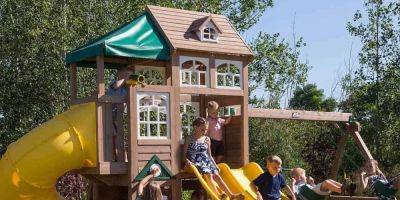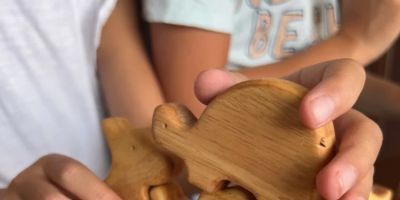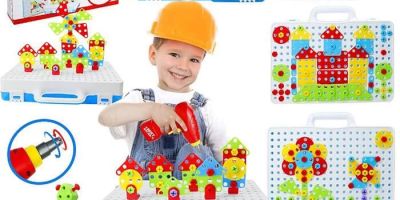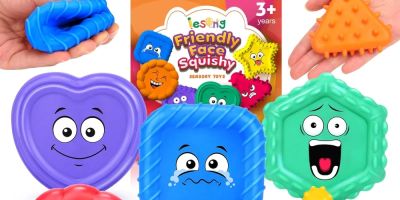- 1-Importance-of-Educational-Play
- 2-Choosing-the-Right-Toys-for-Learning
- 3-Strategies-to-Make-Playtime-Educational
- 4-Real-Life-Examples-and-Parental-Insights
- 5-Where-to-Find-Quality-Educational-Toys
1. The Importance of Making Playtime Educational
Play is often seen as just fun and entertainment, but it holds a vital role in a child’s growth and development. Understanding how to make playtime educational with toys transforms everyday fun into meaningful learning opportunities. Educational play helps build critical thinking, problem-solving, social skills, and creativity. It encourages curiosity and allows children to explore concepts such as colors, numbers, language, and spatial awareness naturally.
By integrating learning into play, parents and caregivers can nurture a child’s cognitive and emotional growth without the child even realizing they’re “studying.” This approach also fosters a positive attitude toward learning that can last a lifetime.
1.1 How Play Influences Early Development
Research shows that play stimulates brain development, particularly in early childhood when neural connections are rapidly forming. Through educational toys, children practice fine motor skills, hand-eye coordination, and communication—all essential for academic success later on.
1.2 The Role of Fun in Learning
Children engage more deeply when they enjoy the process. Toys that combine fun with educational value keep kids interested and motivated. This natural engagement supports better retention and understanding compared to more formal teaching methods.
2. Choosing the Right Toys for Learning
Not all toys are created equal when it comes to educational value. To effectively make playtime educational with toys, selecting the appropriate items that align with a child’s age, interests, and developmental stage is essential.
Look for toys that encourage exploration, creativity, and interaction rather than passive entertainment. Classic examples include building blocks, puzzles, sorting games, and pretend play sets. These toys stimulate different areas of the brain and can be adapted as the child grows.
2.1 Age-Appropriate Toy Selection
For infants and toddlers, toys focusing on sensory stimulation and simple cause-and-effect interactions work best. Preschoolers benefit from toys that encourage problem-solving and imaginative play. School-aged children thrive with more complex puzzles and games that challenge reasoning skills.
2.2 Encouraging Open-Ended Play
Open-ended toys, such as art supplies or building sets, allow children to direct their own learning and creativity. These types of toys foster independence and adaptability—qualities that serve well beyond childhood.
3. Effective Strategies to Make Playtime Educational with Toys
Beyond choosing the right toys, how playtime is structured and guided matters. Adults can play a key role in enriching educational experiences during play.
3.1 Integrate Learning Goals Naturally
Instead of turning play into a lesson, embed educational concepts within the activity. For example, while building with blocks, parents can introduce counting, colors, or spatial terms. This subtle approach keeps play fun while encouraging learning.
3.2 Encourage Questions and Exploration
Ask open-ended questions during play, like “What do you think will happen if we stack these?” or “How many ways can you sort these shapes?” This stimulates critical thinking and language development.
3.3 Foster Social Interaction and Collaboration
Group play with educational toys helps children develop communication skills, empathy, and teamwork. Whether siblings or friends, shared play experiences deepen understanding and make learning more memorable.
4. Real-Life Examples and Parental Insights
One inspiring story comes from a parent who transformed her child’s playtime by introducing a set of magnetic building tiles. What started as simple stacking turned into imaginative storytelling and math challenges. Her child not only improved fine motor skills but also gained early numeracy skills, proving how versatile educational toys can be.
Parents often share how toys that adapt to different learning styles—visual, kinesthetic, or auditory—help maintain their child’s interest and confidence. Combining these approaches ensures that playtime stays both educational and enjoyable.
4.1 Online Communities Sharing Tips
Many parents turn to forums and social media groups to exchange ideas on making playtime educational with toys, providing a valuable support network and fresh inspiration.
4.2 Expert Recommendations
Child development specialists often emphasize the balance between guided play and free play, highlighting that children learn best when they feel in control yet supported.
5. Where to Find Quality Educational Toys
For families seeking the best educational toys to enrich playtime, Knight Toys offers a thoughtfully curated selection that supports diverse learning goals and age ranges. Whether you are looking for STEM kits, creative art supplies, or classic educational toys, Knight Toys provides reliable options to turn play into a powerful learning experience.
Choosing trusted sources ensures quality, safety, and age-appropriate designs, giving parents peace of mind while children explore and learn.

